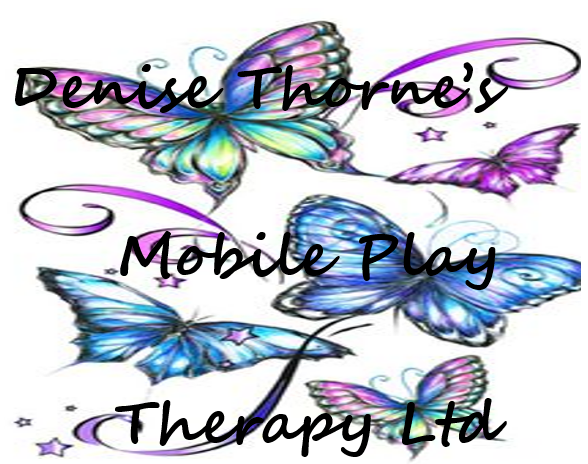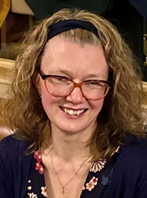

I am a PTUK (Play Therapy UK) Accredited Play and Creative Arts Therapist, registered clay therapist and trained in DDP (Dyadic Developmental Psychotherapy) to level 2 working towards my practitioner status. As a PTUK member I follow PTUK’s ethical framework, which can be found on their website (www.ptuk.co.uk). I am also on the Professionals Standards Authority Accredited Register, which assesses my service standards on a yearly basis and provides assurance for clients, families, schools and other professional agencies. I work in line with national safeguarding guidelines and also adhere to each school’s individual policies. I work as an independent therapist within four primary schools around Great Barr and Walsall and undertake some private work within a counselling house. I have been a part of Greenholm’s social and emotional support for the past eleven years. You can find me in school on a Thursday and a Friday or you can contact me via DeniseThorne@DeniseThornesMobilePlayT.567onmicrosoft.com .
Why are children referred for one to one Play and Creative Arts Therapy?
One to one Play and Creative Arts Therapy is used for a wide spectrum of needs such as: self-esteem, identity, bereavement, adoption, family break downs, experiences of domestic violence/trauma, abuse, bullying, diagnosis of illness or condition etc. Play and Creative Arts Therapy is a client or child led therapy that allows children to explore their present or past difficulties, within a safe therapeutic space and relationship. This form of therapy utilises play and creativity as this is the natural language that facilitates children’s development whilst placing no pressure upon them. In addition, sometimes children’s experiences cannot be proportioned to words or it might be less frightening to explore them through non-verbal means. Furthermore, neurological research shows that play and creativity tap into the appropriate part of the brain that often stores and sometimes blocks non-verbal too big experiences. Play and Creative Arts Therapy/Clay Therapy focuses on allowing a child to move on from past and present difficulties in order to meet their individual potential. The process involves regular sessions with carers/parents/guardians, and communication/consultations with teaching staff and other agencies that enables a better level of understanding about how a child’s behavior can often tell us what they might need and their developmental stage.
How and why, I use DDP and creative arts therapy to support the wider family?
Since the completion of my Masters research in 2018 my practice has placed increasing amounts of emphasis upon my need to support parents/family alongside the child. Indeed, too big life events such as bereavement, domestic violence, family separation or a family’s journey to diagnosis can have a powerful ripple effect upon family dynamics. Or and just as importantly, parent(s) might need a place to explore their role as a foster carer, adopter, special guardian or parent that is often complex, ever changing and at times overwhelming! It is my firm professional belief that, by taking care of the carer/parents this allows them to be in a better and stronger position to be the carer of the child in therapy. Indeed, a parents trust in the therapy process also communicates a non-verbal sense of safety to the child, that their time in therapy is a positive step forward for both them and their family.
Why are children referred for group Play and Creative Arts Therapy?
Group Play and Creative Arts therapy is used for children who have a much lesser degree of need or difficulty than one to one. Group Play and Creative Arts Therapy is often referred for children who may lack resilience, self-efficacy, or have identity issues that can occur during transition to young adulthood. The group consists of no more than five children, with at least two of these children acting as role models. The role models play an integral part of the group dynamics. However, role models gain as much as they give to the group, as do all the children. Groups allow children who might not have met the criteria for one to one therapy to access a safe and therapeutic space to explore their identity, role and experience shared joy and creativity within healthy friendships.
How are children referred to either group of one to one play and creative arts therapy?
Greenholm’s referral process is undertaken by a group of senior school leaders who communicate with teaching staff to assess a child’s needs. Play and Creative Arts Therapy sits within Greenholm’s graduated approach to social and emotional support. Nurture groups sit on the bottom tier of the graduated approach, of which I have been closely involved in staff training and support. Group Play and Creative Arts Groups then sit on the next tier of needs, with one to one play therapy being at the top end of needs. Once a child is identified a senior leader then contacts parent(s)/carer(s)/guardian(s), before the Play and Creative Arts Therapist then introduces herself and a conversation takes place to gain consent and informs parents about this approach.
If you have any further questions about my services, please don’t hesitate to contact me via the email address given at the top of this page.

